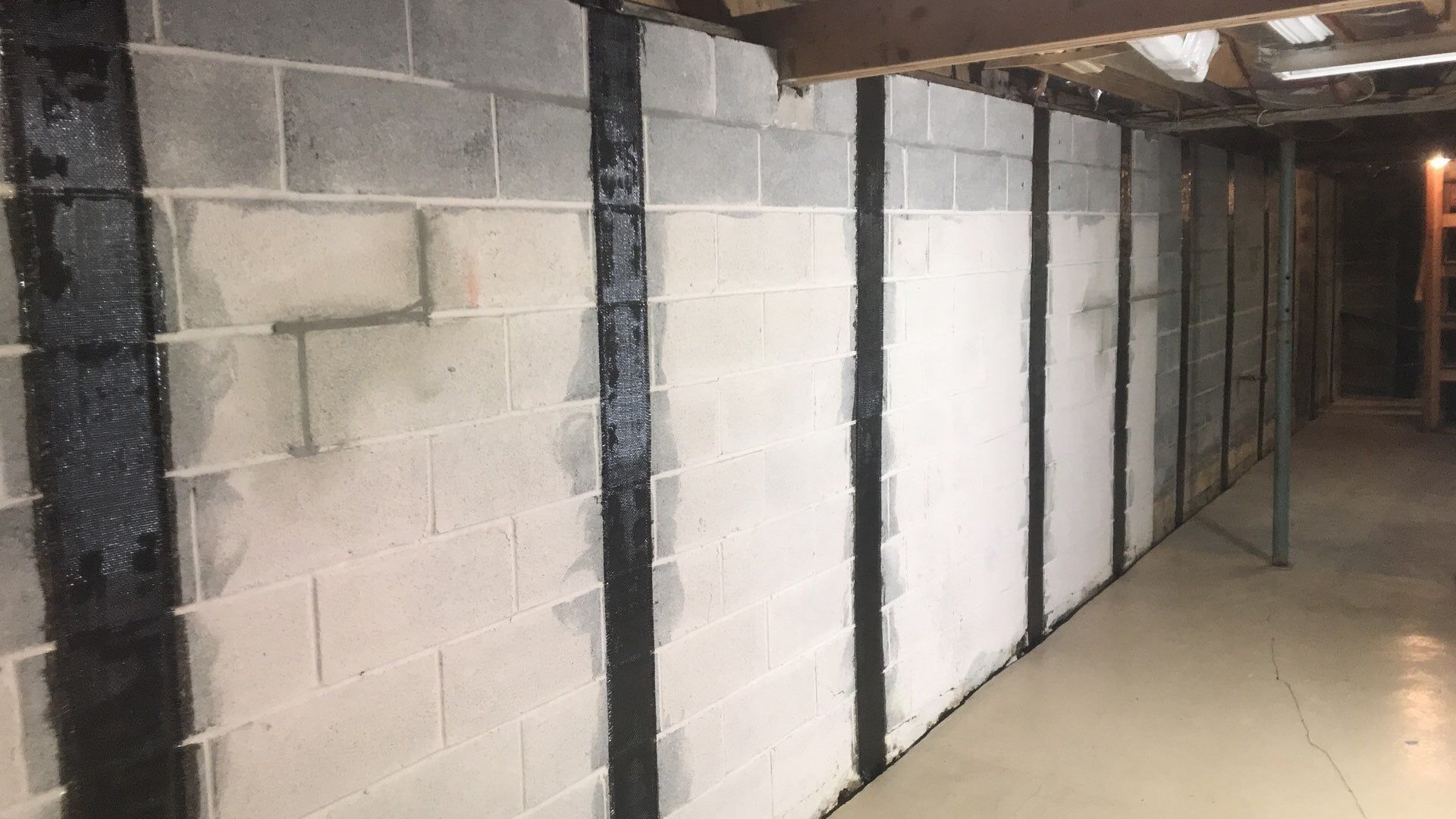10 Warning Signs Of Mold Toxicity You Shouldn't Ignore
Key Takeaways
Mold toxicity occurs when toxic mycotoxins from mold exposure cause various health symptoms
Common warning signs include respiratory problems, persistent fatigue, brain fog, and chronic sinus issues
Neurological symptoms like memory problems and headaches are serious indicators of mold exposure
Gastrointestinal issues such as nausea and abdominal pain can signal mold toxicity
Skin reactions, mood changes, and sleep disturbances are additional warning signs to monitor
Early recognition and professional mold inspection are crucial for preventing long-term health complications
Understanding Mold Toxicity
Mold toxicity occurs when your body reacts to toxic substances called mycotoxins that are produced by certain types of indoor mold. Unlike common allergies that might cause temporary discomfort, mold toxicity can lead to persistent, multi-system health issues that affect your quality of life.
Mycotoxins enter your body through three primary routes: inhalation of airborne mold spores, direct skin contact with mold, or ingestion of mold-contaminated materials. The severity of symptoms depends on several factors, including the specific type of mold present, duration of exposure, and your individual immune system strength.
Mold thrives in damp environments with humidity levels above 50%. Common locations for toxic mold growth include basements, bathrooms, kitchens, and areas with water damage or leaks. When mold grows, it produces microbial volatile organic compounds (mVOCs) that create the characteristic musty odor that often serves as an early warning sign.
A small Harvard study published in PLOS One found that people exposed to toxic mold spores have different cytokine profiles compared to those without exposure. This suggests that mold toxicity creates measurable biological changes in the body through immune activation, rather than just subjective symptoms.

The 10 Critical Warning Signs
1. Persistent Respiratory Problems
The respiratory system often bears the first and most direct impact of mold exposure. When you inhale mold spores, they can trigger an inflammatory response in your airways, leading to numerous respiratory issues.
Common respiratory symptoms include:
Chronic coughing (either dry or productive)
Wheezing and shortness of breath, especially during physical activity
Chest tightness similar to asthma symptoms
Increased frequency and severity of asthma attacks in those with pre-existing asthma
12 Mold Toxicity Symptoms You Shouldn’t Ignore
For some individuals, prolonged mold exposure can lead to hypersensitivity pneumonitis, an inflammatory lung condition caused by repeated inhalation of environmental antigens. In severe cases, people may develop bronchitis or other respiratory infections as their airways become compromised by ongoing inflammation.
A key indicator that respiratory problems might be linked to mold exposure is that symptoms typically worsen when in mold-contaminated environments and improve when away from them. If you notice this pattern, it could be a strong sign of mold toxicity.
2. Chronic Fatigue and Weakness
Unexplained exhaustion that doesn’t improve with adequate rest is a hallmark sign of mold toxicity. This isn’t the typical tiredness after a long day but a profound, debilitating fatigue that persists regardless of how much you sleep.
This persistent exhaustion occurs through several mechanisms:
Mycotoxins can impair mitochondrial function, reducing cellular energy production
The immune system’s ongoing response to mold exposure consumes significant energy
Inflammatory processes triggered by mycotoxins increase oxidative stress throughout the body
Sleep disruption caused by other mold-related symptoms compounds fatigue
Many people with mold toxicity report feeling unusually tired even after sleeping for 8-10 hours. They might describe it as feeling “heavy” or like they’re “moving through molasses.” This chronic fatigue typically accompanies other symptoms like brain fog and can significantly impact daily functioning.
3. Neurological and Cognitive Symptoms
Perhaps the most concerning yet frequently overlooked signs of mold toxicity involve the nervous system and cognitive function. The term “brain fog” is commonly used to describe the constellation of cognitive symptoms experienced, but the neurological effects can be far more extensive.
Common neurological symptoms include:
Difficulty concentrating on tasks
Impaired decision-making abilities
Memory problems, particularly short-term memory
Confusion and disorientation
Difficulty finding words or expressing thoughts clearly
These neuropsychiatric symptoms occur because mycotoxins can cross the blood-brain barrier and directly affect brain function. The neurological impacts are believed to result from inflammation in the brain, disruption of neurotransmitter function, and possible direct toxic effects on neurons.
In more severe or prolonged cases, individuals may experience more serious neurological symptoms such as:
Balance problems and coordination difficulties
Numbness or tingling in extremities (neuropathy)
Cognitive decline that may mimic early dementia in older adults
These symptoms can be particularly troubling because they affect fundamental aspects of daily functioning and may be mistakenly attributed to aging, stress, or other neurological conditions like multiple sclerosis.
4. Frequent Headaches and Migraines
Persistent headaches are a common neurological symptom of mold exposure, ranging from mild tension headaches to severe migraines. These aren’t ordinary headaches but often have specific characteristics that distinguish them as potentially mold-related.
Mold-related headaches typically:
Tend to be persistent and recurrent
Frequently worsen when in mold-contaminated environments
May be accompanied by sensitivity to light or sound
Often improve when leaving the affected environment
The mechanism behind mold-related headaches involves inflammatory responses in the brain and blood vessels, as well as potential direct effects of mycotoxins on neural tissue. For many people, these headaches can be debilitating and resistant to conventional headache treatments.
Tracking the timing and location of headaches can provide important clues about potential mold exposure, as patterns may emerge that correlate with time spent in specific environments like home or workplace.
5. Chronic Sinus Problems
Sinus issues are prevalent among those exposed to mold, as the sinuses provide a direct entry point for airborne mold spores. Chronic sinusitis that doesn’t respond to typical treatments may indicate mold toxicity.
Specific sinus symptoms include:
Persistent nasal congestion
Sinus pressure and pain, especially around the forehead, eyes, and cheeks
Chronic runny nose with clear or discolored discharge
Postnasal drip leading to throat irritation and coughing
In some cases, individuals may develop allergic fungal sinusitis, a condition where fungal growth occurs within the sinus cavities. This more severe condition can cause intense pain and may require medical intervention.
Another telling sign is the ability to detect musty or moldy odors that others cannot perceive, which may indicate mold colonization in the sinuses. If conventional treatments for allergic rhinitis don’t provide relief, mold exposure should be considered as a potential cause.
6. Skin Irritations and Rashes
The skin, as the body’s largest organ, often reflects internal health issues, including mold toxicity. Skin symptoms can result from both direct contact with mold and systemic reactions to mycotoxins circulating in the bloodstream.
Common skin manifestations include:
Unexplained rashes that may be red, itchy, or raised
Worsening of existing skin conditions like eczema
Hives or urticaria that come and go
Unusual skin sensitivity or reactivity
Dry, scaly skin patches
For individuals with sensitive skin or pre-existing allergies, skin reactions to mold can be particularly pronounced. In some cases, fungal skin infections may develop in areas with prolonged mold contact.
Inflamed skin that doesn’t respond to conventional treatments might be signaling an underlying mold problem. If your skin issues tend to flare up in certain environments and improve in others, mold exposure could be the culprit.
7. Digestive Issues
Gastrointestinal problems are increasingly recognized as important symptoms of mold toxicity, though they’re often overlooked or attributed to other causes. Digestive issues occur when mycotoxins are ingested directly or when swallowed after being cleared from the respiratory tract.
Common digestive symptoms include:
Nausea and vomiting, particularly after spending time in affected environments
Abdominal pain and cramping without clear cause
Chronic diarrhea or alternating constipation and diarrhea
Bloating and excessive gas
Decreased appetite and unexplained weight changes
Mycotoxins can damage the intestinal barrier, leading to increased permeability (sometimes called “leaky gut”) which further compounds digestive issues and may contribute to systemic inflammation. The gut microbiome can also be disrupted by mycotoxins, affecting nutrient absorption and overall digestive function.
If you’ve been diagnosed with irritable bowel syndrome or other functional digestive disorders but treatments aren’t effective, consider whether mold exposure might be playing a role in your digestive system symptoms.
8. Sleep Disturbances
Sleep problems are common but often overlooked symptoms of mold exposure. These disturbances can manifest in various ways that significantly impact quality of life.
Mold-related sleep issues include:
Difficulty falling asleep despite feeling tired
Frequent nighttime awakenings
Early morning awakening with inability to return to sleep
Non-restorative sleep, where you wake feeling unrefreshed
The mechanisms behind mold-related sleep disturbances include neurological effects of mycotoxins on sleep-regulating brain centers, inflammatory responses that disrupt normal sleep cycles, and physical discomfort from other symptoms like congestion or coughing that prevent quality sleep.
Many individuals report significant improvement in sleep quality when they spend time away from mold-contaminated environments, such as during vacations or stays in different locations. This pattern can provide important diagnostic clues.
9. Mood Changes and Mental Health Issues
Mold exposure can have significant impacts on mood and mental health, often creating symptoms that may be misdiagnosed as primary psychiatric disorders. The connection between mold toxicity and mood changes is gaining increasing recognition in environmental medicine.
Common mood-related symptoms include:
Depression and persistent low mood
Anxiety and panic attacks
Increased irritability and emotional reactivity
Mood swings and emotional lability
These symptoms likely result from mycotoxin effects on neurotransmitter systems, particularly those involving dopamine and serotonin, which regulate mood. Additionally, the chronic inflammatory state created by mold exposure can affect brain function through innate immune activation and contribute to mood disturbances.
The relationship between mold exposure and mood symptoms is often temporal, with symptoms correlating with periods of exposure. This pattern can help distinguish mold-related mood issues from primary psychiatric conditions.
10. Muscle Aches and Joint Pain
Musculoskeletal symptoms are common in mold toxicity and reflect the systemic inflammatory response to mycotoxins. These symptoms can mimic autoimmune disorders and are often mistakenly attributed to aging or overexertion.
Key symptoms include:
Generalized muscle pain (myalgia) that may migrate throughout the body
Joint pain and stiffness, often affecting multiple joints
Morning stiffness that improves with movement
Muscle cramping and spasms
In severe cases or in individuals with a compromised immune system, fungal infections can directly affect joints, leading to fungal arthritis. This condition causes more localized and severe joint pain and may require specific antifungal treatments.
The muscle and joint pain associated with mold exposure typically worsens with continued exposure and improves when away from contaminated environments, though recovery may take weeks to months depending on exposure duration and severity.

Prevention and Next Steps
If you recognize several warning signs of mold toxicity, taking action is crucial for both diagnosis and recovery. Consider these important steps:
Control moisture: Keep indoor humidity levels below 50% using dehumidifiers, air conditioners, and proper ventilation.
Address water damage: Promptly fix water leaks, address water damage, and dry wet materials within 24-48 hours to prevent mold growth.
Improve ventilation: Increase airflow in high-moisture areas like bathrooms, kitchens, and basements to reduce conditions favorable for mold.
Schedule professional mold inspection: If multiple warning signs are present, especially if there’s visible mold growth or water damage, hire a professional mold inspector to assess your environment.
Document symptoms: Keep a detailed log of symptoms, noting when they improve or worsen in relation to different environments.
The best defense against mold allergies is reducing exposure to the types of mold that cause reactions. For individuals already experiencing symptoms, complete mold removal from the environment is essential for recovery.
Remember that mold plays a significant role in many unexplained chronic illnesses. By recognizing these warning signs early, you can take steps to address the root cause rather than just treating individual symptoms.
How quickly do mold toxicity symptoms appear?
The onset of mold toxicity symptoms varies considerably:
Acute symptoms like allergic reactions (sneezing, eye irritation, skin rashes) can appear within hours of exposure
Respiratory symptoms often develop within days of significant exposure.
Chronic symptoms such as fatigue, cognitive issues, and mood changes typically develop over weeks to months of continued exposure.
Some individuals may experience delayed reactions that appear days after initial contact with mold.
Individual sensitivity plays a major role in symptom onset timing. For those with mold allergies or compromised immune systems, reactions tend to occur more quickly and with greater severity.
Can mold toxicity symptoms be reversed?
Most mold toxicity symptoms can improve significantly once exposure is eliminated:
Allergic and acute symptoms often resolve within days to weeks after removal from mold exposure.
Respiratory symptoms typically improve gradually over weeks as inflammation subsides.
Neurological and cognitive symptoms may require months for full recovery.
Some individuals with severe or prolonged exposure may experience lingering symptoms requiring targeted medical treatment
Early intervention and complete mold removal provide the best outcomes for symptom reversal. The recovery process can be supported by detoxification protocols under medical supervision, anti-inflammatory dietary approaches, and targeted nutritional supplementation.
What should I do if I suspect mold toxicity?
If you suspect mold toxicity based on your symptoms:
Document symptoms and their timing in relation to being in specific environments.
Consult with a healthcare professional experienced in mold-related illnesses.
Arrange for professional mold inspection and testing of suspected areas.
Avoid suspected mold areas until professional assessment and remediation is completed.
Consider injury and treatment approaches that specifically address mycotoxin exposure.
Remember that conventional medical tests may not always detect mold-related issues, so finding a practitioner familiar with environmental medicine is important.
Are some people more susceptible to mold toxicity than others?
Certain populations face higher risks from mold exposure:
Individuals with compromised immune systems (due to conditions like HIV/AIDS, cancer treatment, or immunosuppressive medications)
People with existing respiratory conditions like asthma or COPD
Children and elderly individuals, due to developing or declining immune function
People with genetic variations affecting detoxification pathways
Individuals with a history of previous mold sensitivity
While most healthy people can withstand some exposure to microscopic spores without significant health effects, these vulnerable groups may develop serious symptoms even with relatively limited exposure to toxic mold.
Remember that recognizing the warning signs of mold toxicity is your first step toward addressing unexplained health issues and creating a healthier living environment. If you suspect mold might be affecting your health, don’t hesitate to seek medical advice and professional mold inspection to protect yourself and your family.


